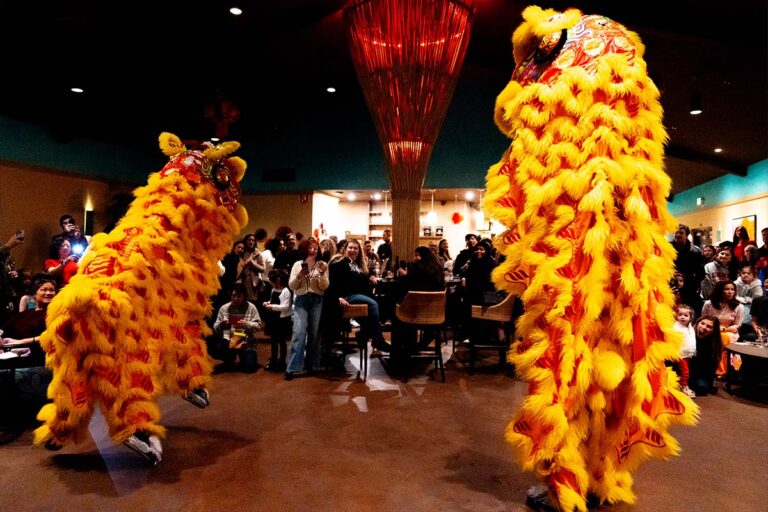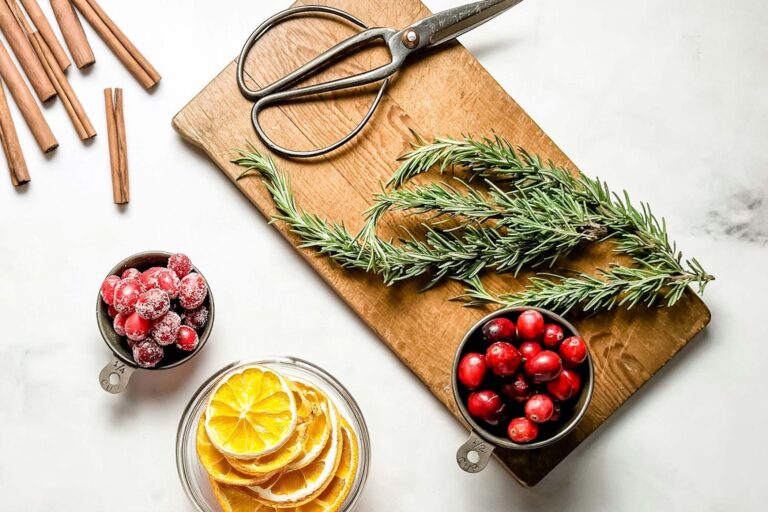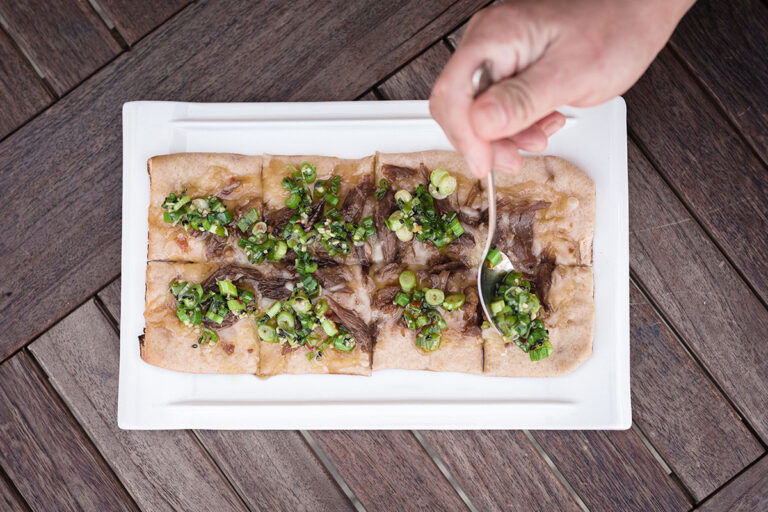Everything You Need to Know About Rosé
WINE 101 | AUG 4, 2020
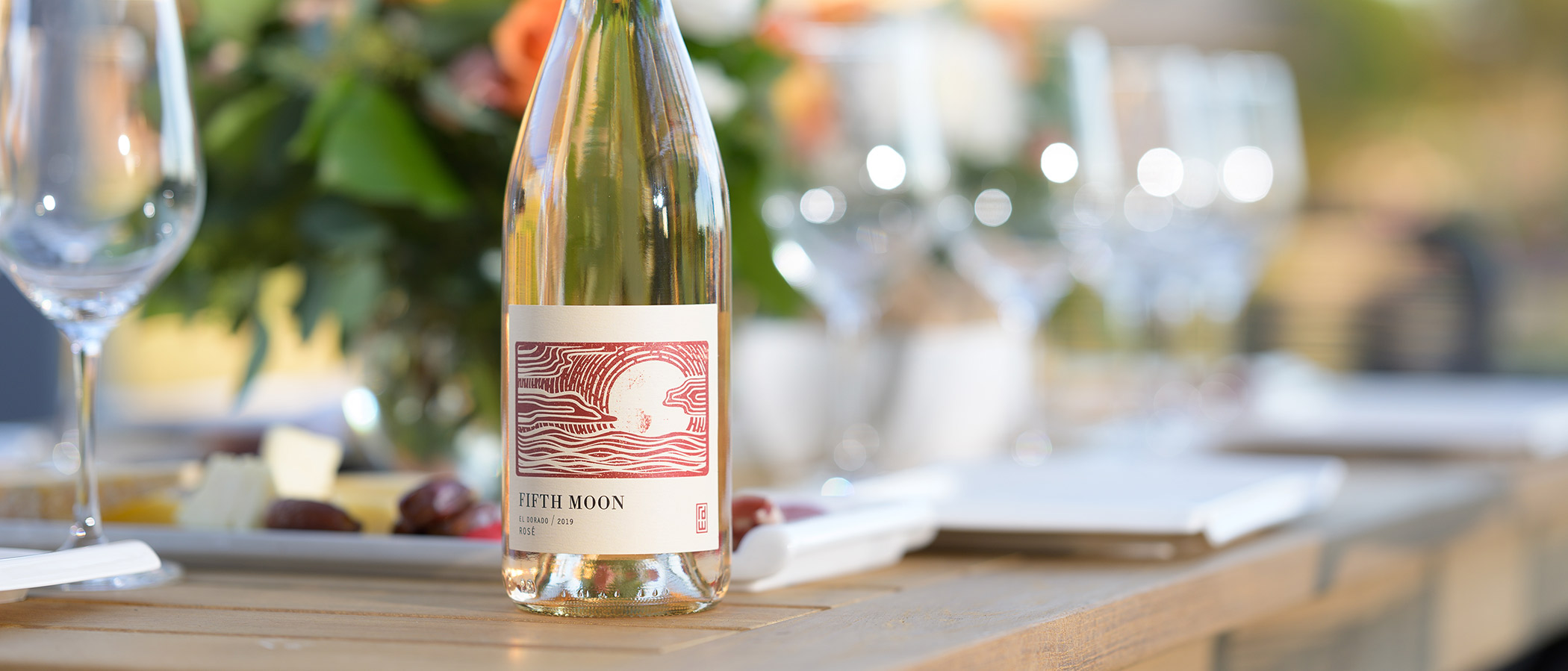
Sipping with Assistant Winemaker, Connor Bockman
Ah rosé. Is there a wine more beloved by summertime sippers, yet so defiled by the image of sickly sweet white zinfandel and blush wines? Whether your experience with rosé is drinking a salmon-hued Provincial take in the South of France, or slapping blush-colored wine right out of the bag, we are here to set the record straight on how it is made and how we like to drink it.
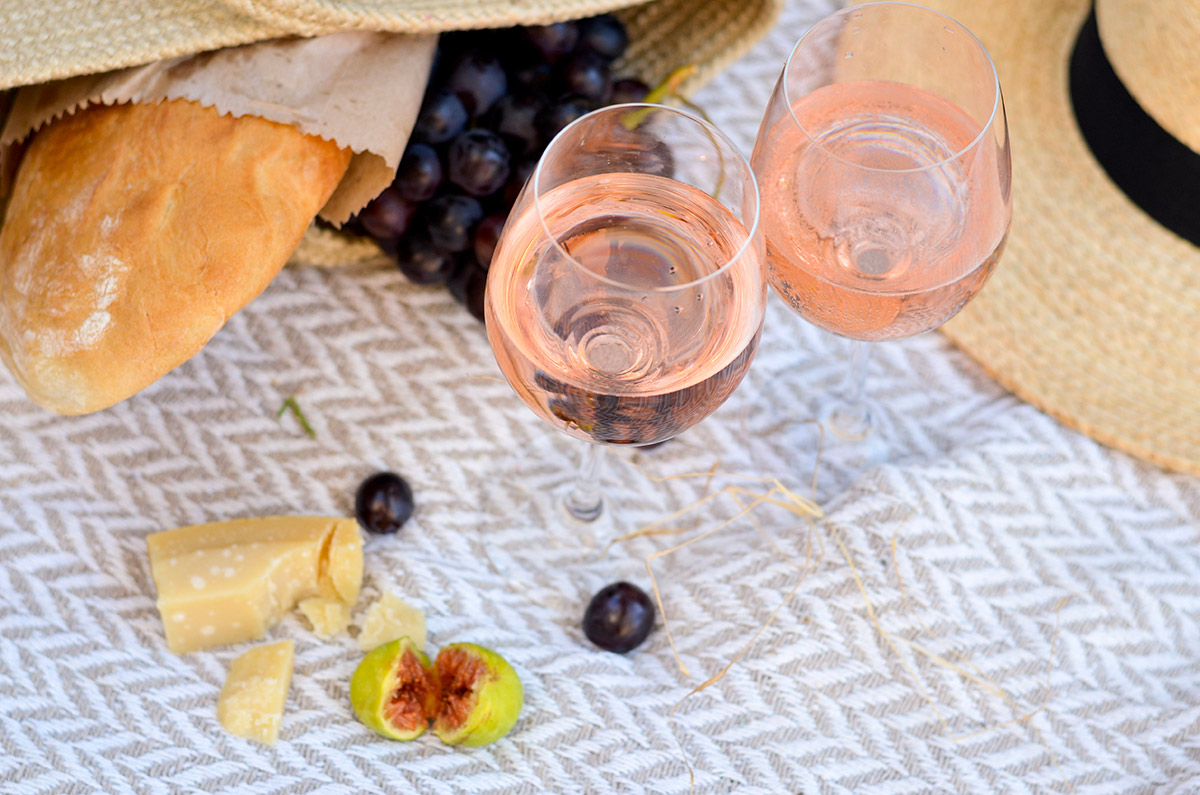
Rosé’s bad rap
Depending on when and where you grew up, rosé can mean very different things to different people. If you’re like my grandmother Rose, it can mean the sweet frizzante imports like Mateus and Lancers that came in funny shaped bottles. If you came of age in the 80s or 90s, it may mean white zinfandel and bags of blush wine. If you just discovered or re-discovered rosé more recently, you may be more familiar with celebrity rosés, rosé in a can, and #ROSEALLDAY. If your only experience with rosé is drinking Domaine Tempier, Lopez de Heredia, and Billecart Salmon while summering on the Mediterranean, call me I make a great deckhand.
While the story of creation for pink wine in California may be apocryphal, the origins of white Zinfandel and blush wines are believed to involve stuck fermentations and the blending acumen of some resourceful winemakers. Whatever created this Frankenstein, it soon bloomed into a runaway train, producing millions of cases a year and creating a generation of wine consumers who think of rosé as something sweet and spritzy. My dad (a finance guy in the wine industry) used to joke that white zin was his favorite grape in the winery. The wine could be in a bottle and on grocery store shelves before he had to pay the growers.
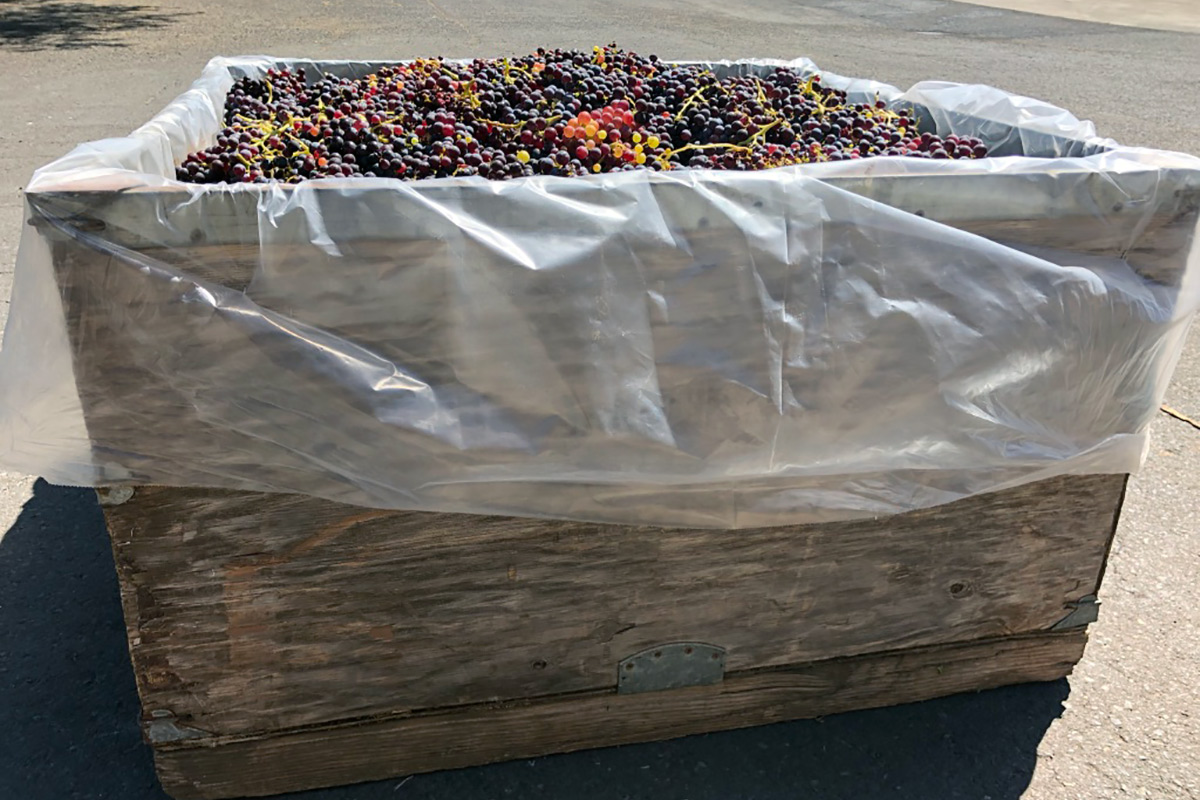
How is rosé made?
When you are making rosé you have a couple of options:
- Blend red wine into white. This is not done very often except in the case of a few champagne houses that still use this method.
- Saignée. Oftentimes, when making high end red wine, a small amount of the juice (5- 10%) will be drawn off of the main fermentation to increase the ratio of skins to juice in the red wine. The byproduct of this process, saignée, can then be fermented on its own into rosé. While this can produce well-made wines, typically the grapes are picked at optimal ripeness for red winemaking and not picked for a bright, refreshing rosé. To make rosé out of the saignée, significant manipulation is required. Sometimes tartaric acid and water are added to bring the wine into balance, and fining agents are added to strip out color and tannin. I don’t want to be seen as knocking these wines, I have both had and made some great rosés from saignée, this just wasn’t what we were looking to do for our rosé.
- Direct to press. In this method, red grapes are grown and harvested specifically for rosé. They are picked early and pressed with a small amount of skin contact to give the wine its color. (This is how rosé is traditionally made and how we make it at RD). Growing the grapes with the intent of making rosé gives you complete control over when to pick and the style of wine you want to make. It allows for a minimalist approach that results in an unadulterated final product.
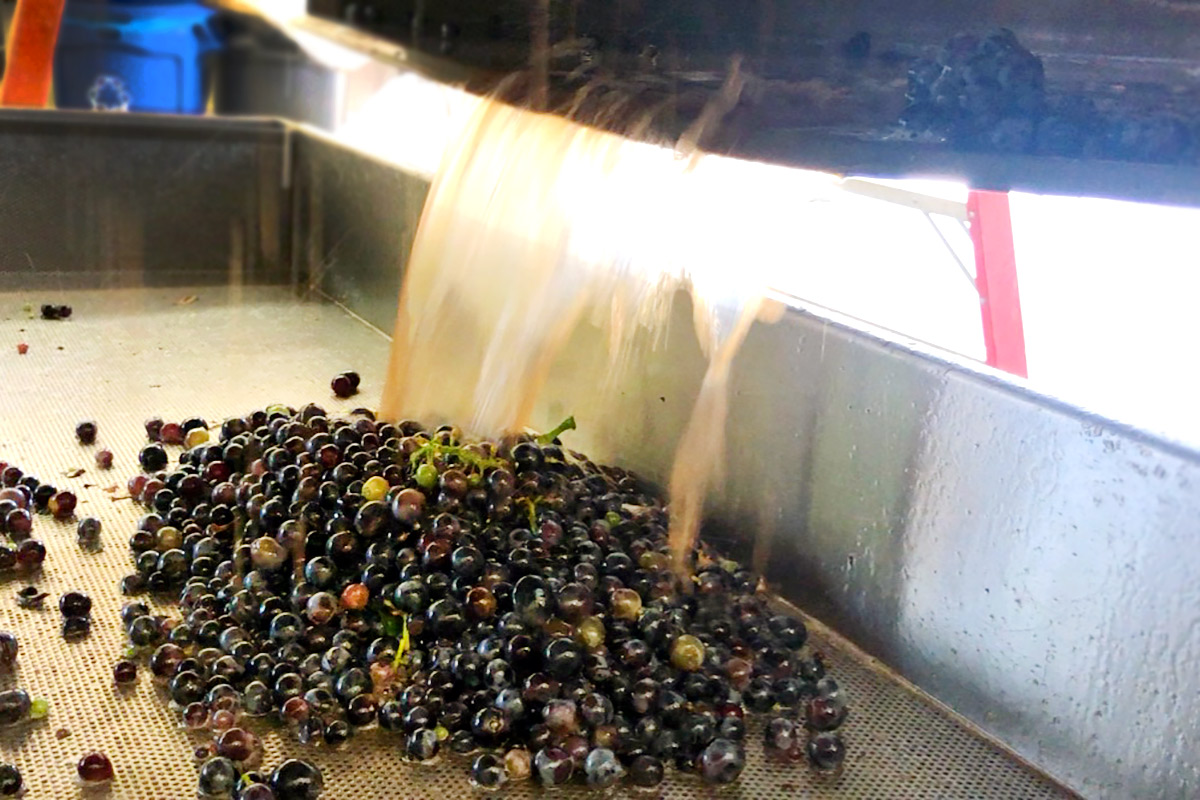
The RD way to make Rosé
At RD, we source vineyards specifically with rosé in mind. All of the fruit comes from two vineyards in the Sierra Foothills: Goldbud Farms, home to the best peaches in the world, and Saureel Vineyard, where we also source our Chenin Blanc. The vines are planted between 2,000-3,200 feet in elevation on a mix of granitic and volcanic soils. Don’t tell the geologists I said this, but it gives our rosé great minerality. We believe traditional provincial varieties like Grenache, Cinsaut, and Mourvedre make the best rosé. We pick early in the season to retain freshness when bright red fruit and floral flavors are just starting to develop. The grapes go whole cluster to press, where they macerate for a short period to extract just the lightest salmon hue. We then ferment the juice cold until it’s bone dry (see below for more on this) in stainless steel and bottled in the spring. Each step is performed with the goal of creating a delicious, thirst-quenching, dry rosé.
Saignée, Chardonnay, or any other bits and pieces never end up in our rosé. It is 100% made from grapes farmed and picked to make the best rosé possible.
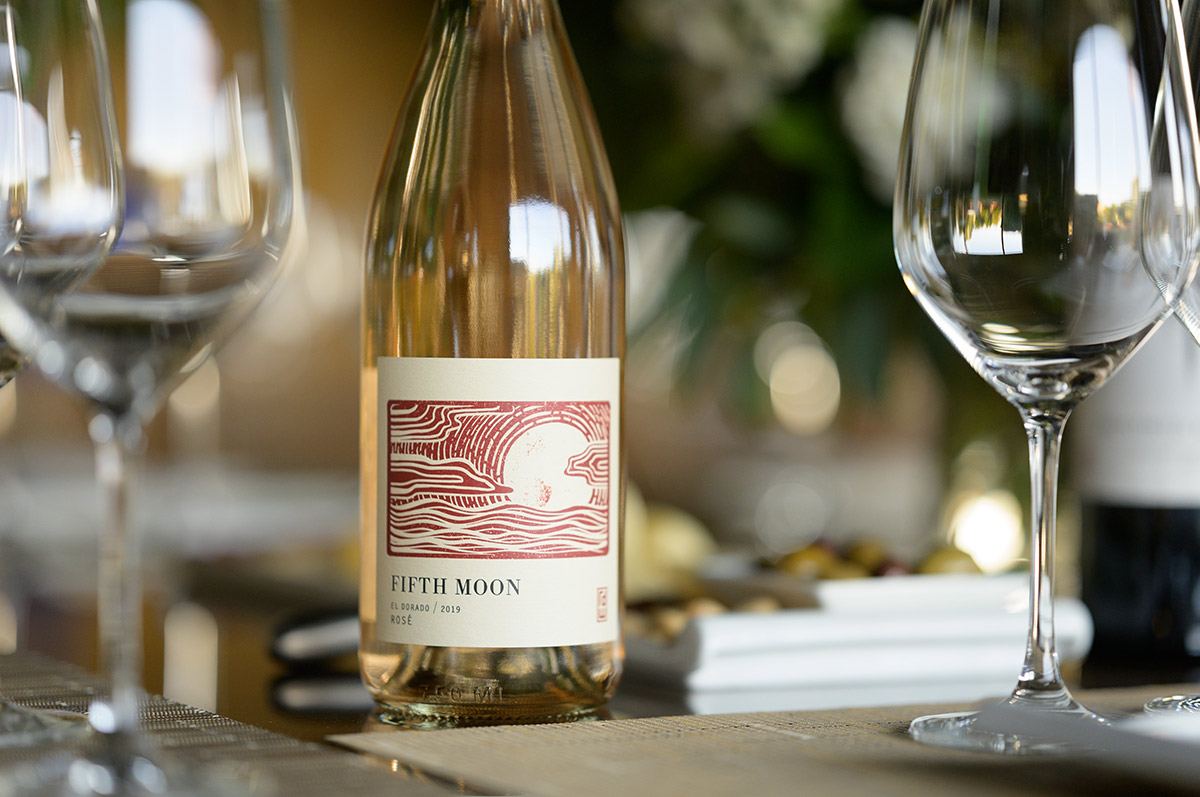
What do you mean the wine is dry?
“Hey! I took freshman chemistry and wine is definitely a liquid.” I get this question a lot and now is as good of a time to talk about it. In the wine world, dry is the opposite of sweet. Sweetness in wine, also known as residual sugar (RS), is measured in grams per liter. For all intents and purposes, the human palate cannot taste residual sugar less than 2-3 g/L, so many people consider that dry. Don’t get me started on RS and “dry” in German Riesling that is a completely different ball game. Our rosé is not only dry but bone dry. That is not an official term but between you and me it means the wine was fermented until practically no residual sugar remains. In this case, 0.4 g/L. One other side note (WINEMAKER RANT INCOMING), one of the first comments I often hear people make about a wine is that it’s dry. Now, this is technically correct, but most quality wines you are going to be drinking are dry. Usually, the comment is in regard to tannic red wines. What I think people mean in these instances is that the tannins are very drying. This is a perfectly acceptable observation, but very different from a wine being dry, or in the case of our rosé, bone dry baby.
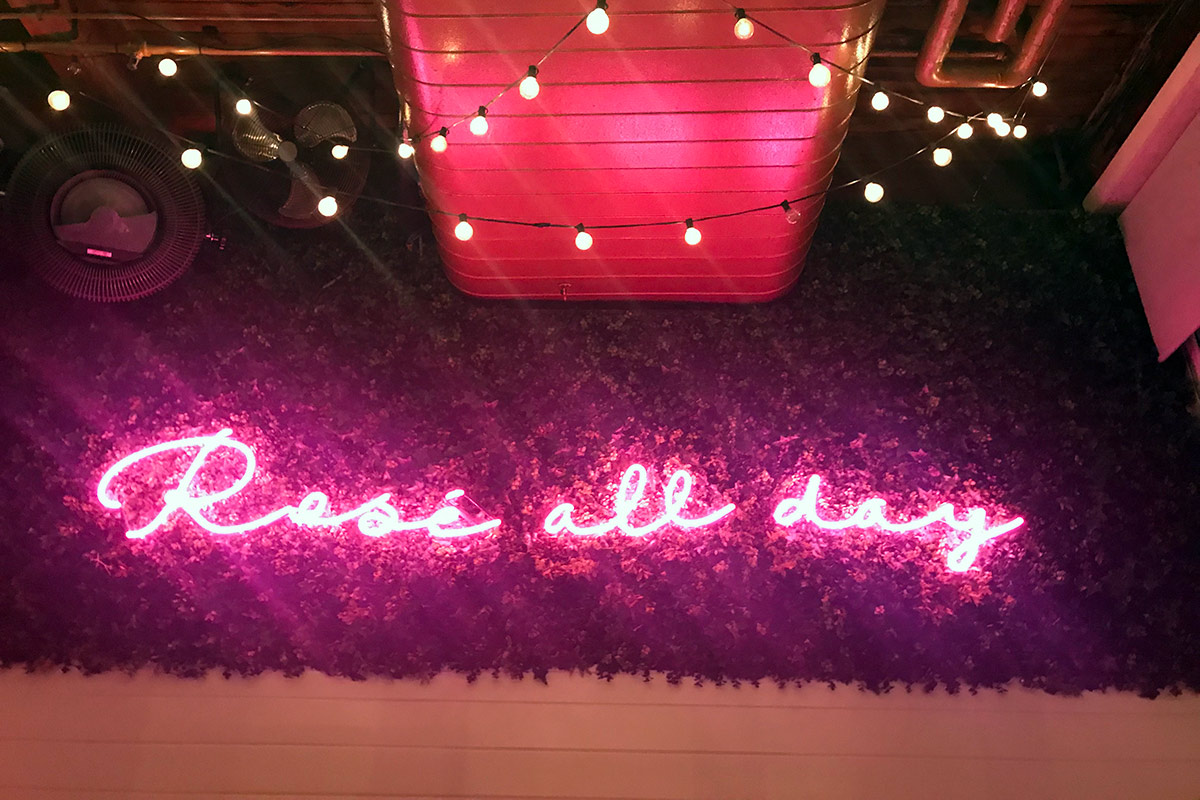
When should I drink rosé?
Better question: When shouldn’t you drink this rosé? There is a reason ROSEALLDAYEVERYDAY is a hashtag. And if it isn’t a hashtag yet it should be.
This wine is bright, fresh, and juicy. It is summer in a glass. Pair it with any and all summertime activities. Then use it to transition through the long Indian summer, and make sure it finds a place on your Thanksgiving table. It pairs great with turkey.
